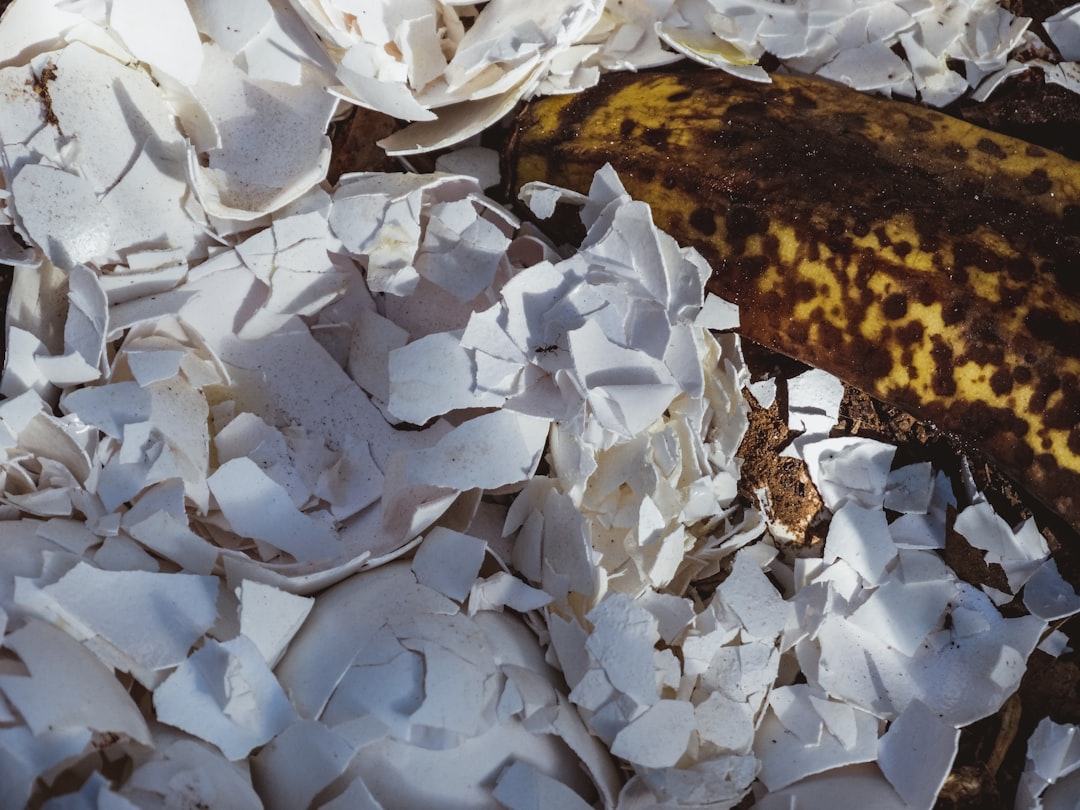How to turn food scraps into nutrient-rich compost—even if you don’t have a backyard
Living in an apartment or a home with limited outdoor space doesn’t mean you have to miss out on the benefits of composting. With a little creativity and the right setup, you can easily recycle food scraps and create high-quality compost for your plants. Whether you’re an urban gardener or just looking for a way to reduce waste, here’s how you can compost in small spaces using worm bins and other compact solutions.
Why Compost in Small Spaces?
Composting in small spaces offers big benefits:
-
Reduces waste: Divert kitchen scraps from landfills.
-
Improves plant health: Create nutrient-rich compost for houseplants, balcony gardens, or community plots.
-
Supports sustainability: Participate in eco-friendly living, even in urban settings.
Let’s explore the best composting methods for small spaces.
Option 1: Worm Bins (Vermicomposting)
What is Vermicomposting?
Vermicomposting uses worms—typically red wigglers—to break down organic waste into compost and worm castings, which are packed with nutrients.
How to Set Up a Worm Bin:
-
Choose a bin:
-
Use a plastic or wooden container with a tight-fitting lid.
-
Drill small ventilation holes on the sides and drainage holes at the bottom.
-
Place a tray underneath to catch excess liquid (worm tea).
-
-
Prepare bedding:
-
Shred newspaper, cardboard, or coconut coir and moisten it until it feels like a damp sponge.
-
Add the bedding to the bin to give the worms a comfortable environment.
-
-
Add worms:
-
Purchase red wigglers from a garden center or online.
-
Introduce them to the bedding and give them time to settle in.
-
-
Feed the worms:
-
Add small amounts of food scraps, such as fruit and vegetable peels, coffee grounds, and eggshells.
-
Avoid meat, dairy, citrus, and oily foods, as these can harm the worms or attract pests.
-
-
Maintain the bin:
-
Keep it moist but not waterlogged.
-
Turn the bedding occasionally to aerate the bin.
-
Why Choose a Worm Bin?
-
Compact and odorless (when properly maintained).
-
Produces worm tea, a natural liquid fertilizer.
-
Fits under the sink, on a balcony, or in a corner of a room.
Option 2: Bokashi Composting
What is Bokashi Composting?
Bokashi composting is an anaerobic method that uses beneficial microbes to ferment food waste. It’s fast, odor-free, and perfect for small spaces.
How to Set Up a Bokashi Bin:
-
Get a Bokashi kit:
-
Purchase a Bokashi bin and starter mix (microbial bran).
-
-
Add food scraps:
-
Chop scraps into small pieces and layer them with the starter mix.
-
Press the contents down to remove air.
-
-
Seal the bin:
-
Keep the bin airtight to allow fermentation.
-
-
Harvest the pre-compost:
-
After 2–3 weeks, the scraps will turn into fermented pre-compost. Bury it in soil to finish decomposing.
-
Why Choose Bokashi Composting?
-
Processes all types of food waste, including meat and dairy.
-
Quick and compact.
-
Works indoors with no foul odors.
Option 3: Compact Tumbler Bins
What is a Compact Tumbler Bin?
A tumbler bin is a rotating compost bin that fits in tight spaces like balconies or patios. It speeds up the composting process by making aeration easy.
How to Use a Tumbler Bin:
-
Add layers:
-
Alternate green materials (food scraps) with browns (shredded paper, dry leaves).
-
-
Turn regularly:
-
Rotate the bin every few days to mix and aerate the materials.
-
-
Monitor moisture:
-
Add water if the contents are too dry or more browns if they’re too wet.
-
Why Choose a Tumbler Bin?
-
Quick decomposition with minimal effort.
-
Pest-proof and odor-controlled.
-
Perfect for small outdoor spaces.
Option 4: Countertop Composters
What is a Countertop Composter?
Countertop composters, such as electric composters, dehydrate and grind food scraps into compost in a matter of hours.
How to Use One:
-
Place food scraps inside and press the start button.
-
Collect the finished compost for your plants.
Why Choose a Countertop Composter?
-
Fastest method for composting.
-
Sleek and space-saving design for modern kitchens.
-
Requires minimal effort, though it may be more expensive.
Tips for Successful Small-Space Composting
-
Start small: Begin with a manageable amount of scraps and expand as you get more comfortable.
-
Prevent odors: Balance greens and browns, and keep the bin aerated.
-
Use the compost: Add it to potted plants, balcony gardens, or even gift it to friends with larger gardens.
-
Monitor the space: Check moisture levels, avoid overfilling, and keep pests away by properly sealing the bin.
Conclusion
Composting in small spaces is not only possible but also incredibly rewarding. Worm bins, Bokashi systems, compact tumblers, and countertop composters offer practical solutions for turning kitchen scraps into valuable compost, even if you live in an apartment or have only a small balcony.
By starting your composting journey, you’ll reduce waste, enrich your plants, and take a step towards a more sustainable lifestyle—all without needing a backyard.
What’s your favorite small-space composting method? Share your experiences in the comments below!

Comments
No comments yet. Be the first to comment!
You must be logged in to comment. Login